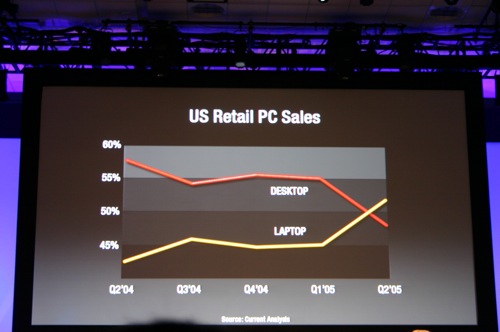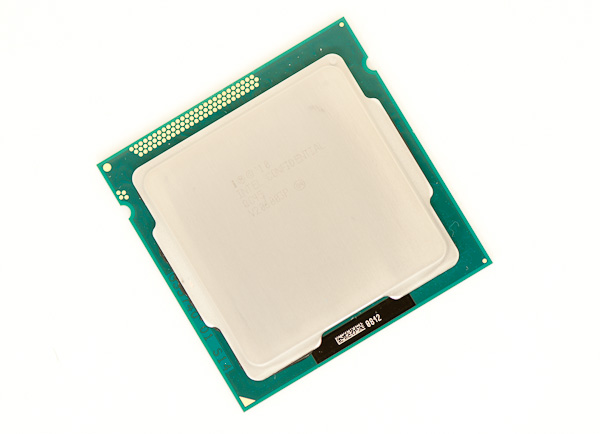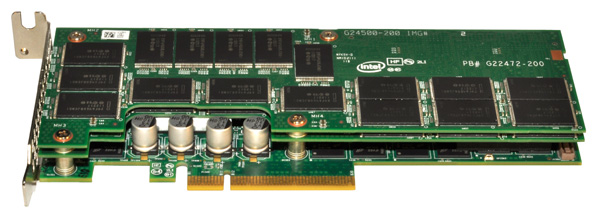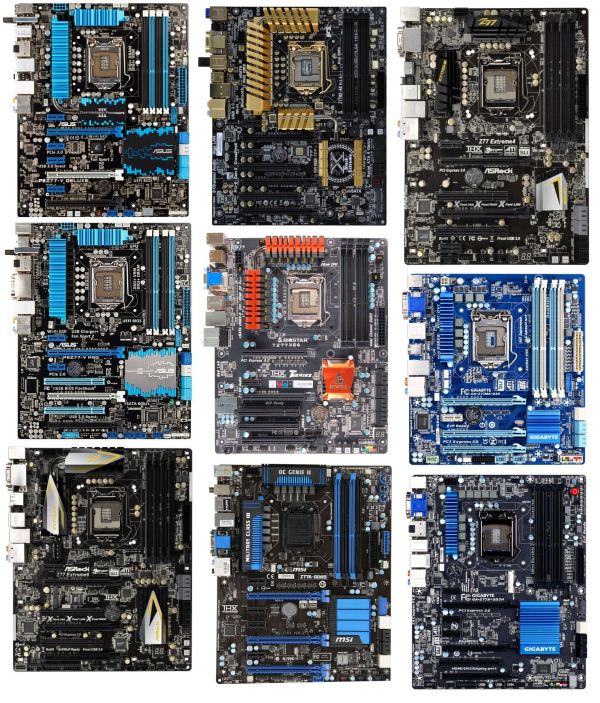URL: http://www.wired.com/gadgetlab/2012/04/samsung-tablet-ipad-retina-display/

Is Samsung in the weeds with its display technology? Photo: Ariel Zambelich/Wired 
If you haven’t yet laid eyes on the new iPad’s screen, you must. “Sharp” doesn’t begin to describe Apple’s upgrade in display quality. But here’s the kicker: Samsung, a company firmly aligned with Android and one of Apple’s largest competitors in the mobile space, is manufacturing the new iPad’s flagship feature.
So, naturally, questions arise: Why are we seeing Retina displays in iPads but not in Samsung’s own Galaxy-branded tablets? Why would Samsung allow itself to be trumped by a mere customer?
A Brief History
The component supply industry is backwards, convoluted and damn near impenetrable. Like some twisted web of New Jersey mafioso, competing companies will cut opponents’ throats on the very same day they cut each other deals.
Example: While Samsung pumps out tens of thousands of high-end LCD panels for Apple, the two companies remain embroiled in longstanding intellectual property litigation, with Apple accusing Samsung of blatantly ripping off the iOS user interface, as well as Apple’s iconic product designs.
Samsung isn’t just “Samsung,” though. It’s a massive, multi-national conglomerate made up of more than 30 independent businesses, covering areas as disparate as life insurance and petrochemical engineering. One such free agent is Samsung Mobile Display. Founded in 2009, this company takes the years of R&D done by Samsung Electronics and Samsung SDI in AMOLED technology, and uses it to tuck nicely into products such as televisions, tablets and mobile phones.
So while Samsung Electronics Company LTD gets its pants sued off, Samsung Mobile Display wheels and deals with Apple at the very same time. And, of course, while all this is happening, both companies compete fiercely to sell mobile phones and tablets as quickly as possible.
Samsung isn’t the only company that manufactures displays for direct hardware competitors. LG and Sony — both notable players in the Android phone and tablet space — do it too. To put it simply: It’s complicated.
AMOLED’s Roots Run Deep
As it stands, Samsung champions a display technology for its own mobile products that’s currently of no appeal to Apple. Dubbed AMOLED (shorthand for active-matrix organic light-emitting diode), Samsung has deployed this display tech in millions of mobile phones — most notably, the Galaxy SII, the company’s flagship Android device of 2011. The Galaxy Tab 7.7 also touts a Super AMOLED display as one of its most noteworthy features. (The “Super” variety of AMOLED integrates touch sensors directly in the surface glass of the screen, increasing brightness and reducing power consumption.)
Indeed, Samsung has a lot riding on AMOLED technology. “They’ve invested a considerable amount of money into OLED development and products in that industry,” Vinita Jakhanwal, an analyst with IHS iSuppli told Wired. “Tens of billions of dollars in investment over the past decade.”
In a sense, Samsung has a notable edge over competitors in the display space. Currently, Samsung Mobile Display is still the only manufacturer that can mass-produce Super AMOLED displays, says NPD DisplaySearch analyst Paul Semenza. And the company is using its advantage by pushing it out to Samsung-branded phones. “The Galaxy S phones have been quite successful by highlighting the AMOLED display,” Semenza says.
Part of the success ties to AMOLED advantages over LCD. For one, AMOLED displays consume relatively little power — a nice benefit of a design that requires no battery-draining backlights. Relative to LCDs, AMOLED displays also offer higher contrast ratios and color saturation, with reds, greens and blues looking brighter and more spectacular. And while AMOLED currently costs more to produce than LCD, the price will decrease over time as Samsung scales its display manufacturing capabilities.
In order to focus on AMOLED, Samsung recently spun off its unprofitable LCD business. “Samsung essentially owns the supply on AMOLED screens,” NPD DisplaySearch analyst Richard Shim told Wired. “And they're going to give it all to Samsung Mobile Group.”

Though Apple and Samsung compete in one arena, they remain unlikely bedfellows in others. Photo: Jon Snyder/Wired 
Tradeoffs
Of course, in looking at any competing technologies, there will always be tradeoffs, and AMOLED doesn’t trump LCD in every department.
First off, Samsung’s AMOLED technology can’t currently deliver the amazing 2048×1536 screen resolution of the new iPad, which packs more than 3 million pixels inside a 9.7-inch display. What’s more, some tests have shown that the organic materials used in OLED displays have a shorter brightness lifespan than those used in LCDs (depending on the type of device). So after five years or so, your handset may be half as bright as it used to be (though, to be fair, this is mostly an issue in TVs rather than phones, which we tend to replace every two to three years).
Technical limitations notwithstanding, Samsung may be compelled to stick with AMOLED displays simply for a dramatic point of differentiation in the tablet space. In short, the Retina display may be awesome, but at least a tablet with an AMOLED display is different.
“Most tablets have similar types of functions and features,” Jakhanwal said. And when every tablet looks and acts like every other one, customers have no reason to choose one over another. “So the [original equipment manufacturers] are looking to differentiate their products,” Jakhanwal said. Tablets are basically all display, so adopting a novel screen technology is perhaps the best starting point for differentiation.
Consumers Don’t Want It — Until Apple Tells Them They Do
Here’s the problem with Apple: The company is intent on solving problems we never knew we had. The tablet form-factor was laughed at when Steve Jobs first introduced it. Tens of millions in iPad sales later, and the naysayers are eating crow (not to mention trying to make successful tablets of their own).
That’s the case with the new iPad and its fancy-pants display. “Consumers aren't necessarily asking for higher resolution,” says Richard Shim. “But this is sort of Apple's M.O — the idea that, ‘You don't know what you want because we haven't told you yet.’”
So now the onus is on Samsung to convince us that while we should care about display tech, it’s brightness and color — two areas in which AMOLED excels — that we really need to worry about.
Will Samsung stay the course and make AMOLED the future in all of its devices? Or will it cave and follow Apple’s lead yet again? We don’t know for sure, but it’s nice to imagine Samsung will try and think different (so to speak) in order to outsmart the competition.

The Galaxy Tab 10.1, the first Samsung Honeycomb tablet to hit the market. Photo: Jim Merithew/Wired 
Attached media file [image/jpeg] (20000 bytes)
Attached media file [image/jpeg] (20000 bytes)
 Hitachi recently started shipping a pair of 4 TB hard drives. We can see that they're pretty expensive, but how do they compare to existing 3 TB models in other ways? It's time for a comprehensive overview of today's high-capacity hard drive offerings.
Hitachi recently started shipping a pair of 4 TB hard drives. We can see that they're pretty expensive, but how do they compare to existing 3 TB models in other ways? It's time for a comprehensive overview of today's high-capacity hard drive offerings.









 While SSDs get all the attention when it comes to high-performance storage, the venerable platter-based alternatives aren't dead yet. Western Digital is out to prove that hard drives can still create substantial performance under the right conditions, with capacity points that would make most SSD users envious. The new WD VelociRaptor is a 10,000 RPM hard drive with enlarged 1TB total capacity, up from 600GB in the prior model. The goal is to provide enterprise-grade drive reliability for workstation users and creative professionals who want a high-performance, high-capacity drive, without the expense of SSDs.
While SSDs get all the attention when it comes to high-performance storage, the venerable platter-based alternatives aren't dead yet. Western Digital is out to prove that hard drives can still create substantial performance under the right conditions, with capacity points that would make most SSD users envious. The new WD VelociRaptor is a 10,000 RPM hard drive with enlarged 1TB total capacity, up from 600GB in the prior model. The goal is to provide enterprise-grade drive reliability for workstation users and creative professionals who want a high-performance, high-capacity drive, without the expense of SSDs.

 Integrated USB 3.0, advanced management features, reduced power consumption, and a new software package from Lucidlogix separate the Z77 Express motherboards from the Z68 chipset that preceded it. Were these capabilities worth waiting for?
Integrated USB 3.0, advanced management features, reduced power consumption, and a new software package from Lucidlogix separate the Z77 Express motherboards from the Z68 chipset that preceded it. Were these capabilities worth waiting for? 






